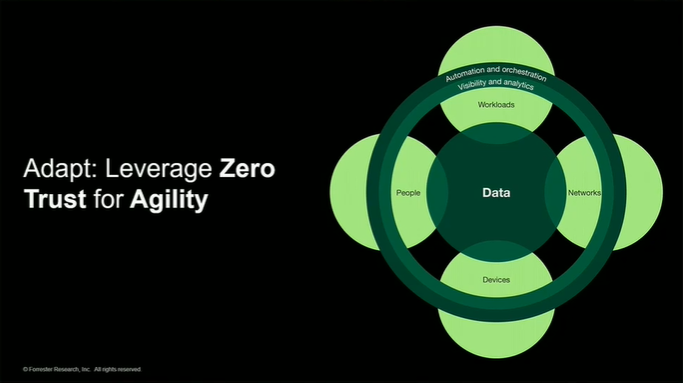Cloud computing uptake by businesses has shifted the general model of organizational information complexes. Business enterprises have a lot of data to store and use. Even as they shift to the cloud, there are major dangers around security. In most cases, breaches to cloud-stored files happen because of insider conspiracy, malpractice, and malice.
This article looks at four common insider threats to cloud computing and ways for organizations to avoid them. All this is intended at making the cloud shift worthwhile for businesses.
Malicious administrators
Cloud computing as a process is governed, managed, and maintained by site administrators. By default, they hold the key to managing all the data, files, and privileged company resources and files. Sometimes, relationships with employers don’t work. As a revenge, or for other reasons, administrators may end up spreading, or allowing privileged information to leak at the expense of the business enterprise involved.
The best way businesses and cloud providers can protect themselves from these actions is by breaking protocols and clearance. This should happen at all levels of engagement—at company and provider levels—and can limit the risks to a single part.
Tech-savvy insiders
Being privy to company secrets is exciting. Many insider tech-savvy individuals can use their knowledge of the weaknesses in a company’s security to breach clearance and access privileged information. Many of these are hackers in need of attention and self-respect. Some are harmless, but some are harmful. The worst kinds among these are malicious insiders. Many would like to find out company’s confidential data to sell it to the highest bidder. Businesses need to work hard to seal all local security Vulnerabilities and ensure such individuals are known beforehand. Companies should also vet their employees for records that look dubious or conflicting.
Insiders who attack their own companies
Different kinds of people react differently to challenges. Some employees may choose revenge when they think they’ve been mistreated by their company or employer. A common ground is attacking the employer’s cloud applications and functions. These individuals might be motivated by revenge, but since they are not tech-savvy, they use outside tools or people to breach security protocols.
Poor internal enforcement
Many business enterprises assume that all cloud applications run by themselves. To them, the cloud is self-regulating and managing. As such, they play no role in managing their cloud applications. In most cases, this is done out of ignorance or incompetence.
When this happens, a business enterprise’ cloud applications become vulnerable. Attackers and insiders alike find such systems easy to beat because the managers sleep on their jobs. This is a common problem among huge corporates where responsibility is not streamlined.
Overall, the ‘inside job’ is responsible for most cloud computing security woes. Enterprises have to become proactive in finding solutions to their security threats to protect their sensitive information.
By Walter Bailey





